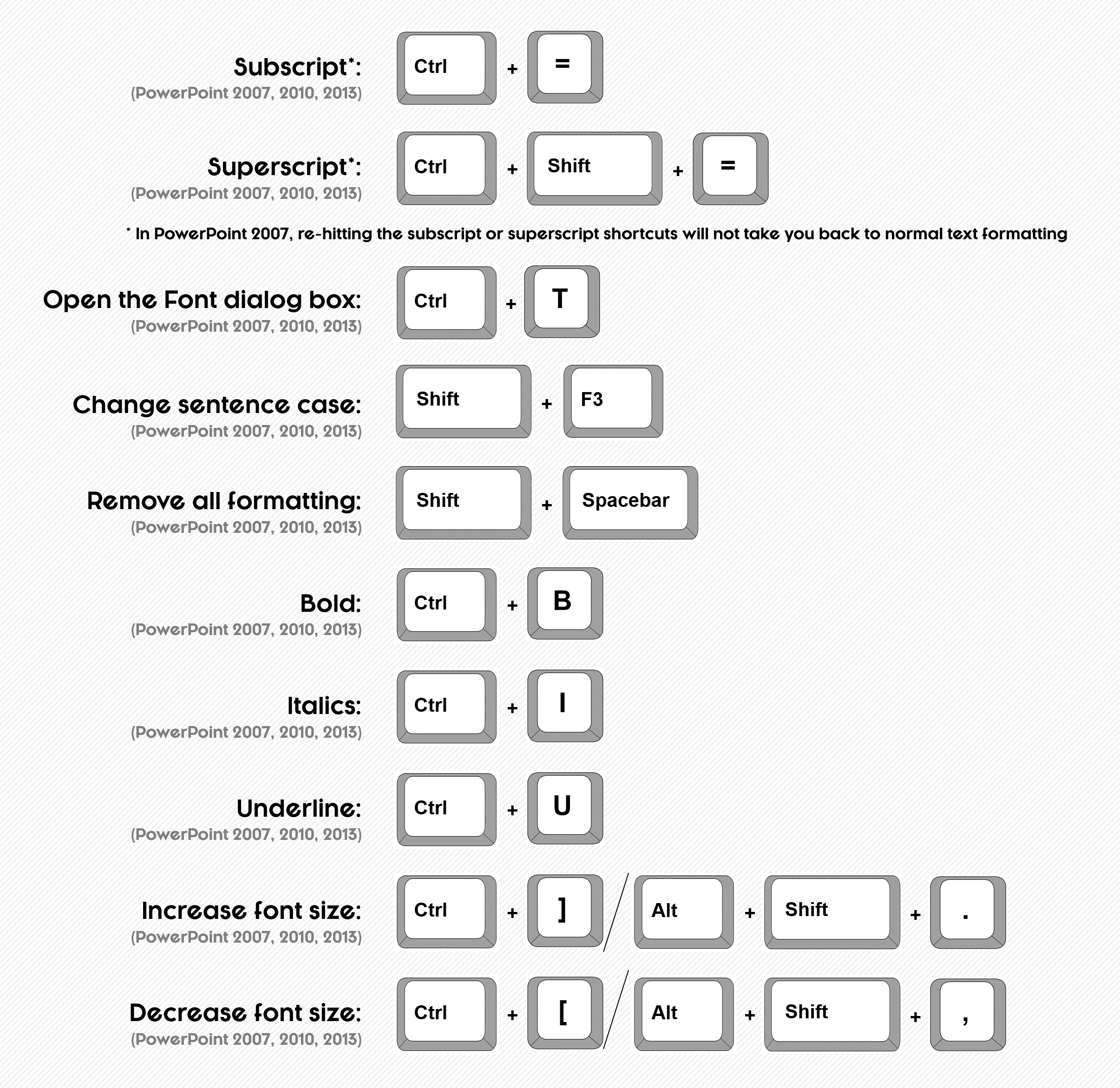

This means that water has two hydrogen atoms and one oxygen. For example, the chemical formula for water is H2O. Chemical formulas: Chemists describe compounds with subscripts.For example, if you have a registered trademark on your product, you’d write it like this: (product)®. Trademark symbols: You can use superscripts to identify intellectual property.The third listed on the page will look something like this: (information)3. For example, let’s say you cite several sources as footnotes. Footnotes: If you’re an author, you might use a superscript to point readers toward information in a footnote or endnote.You might have to show which car came in 1st, 2nd, and 3rd. Let’s say you’re sharing the results of an auto race. Number order: You could use a superscript to write down a sequence of instructions, events, or results.For example, 3 to the third power (3 x 3 x 3) would be written as 33. Mathematical concepts: One of the most common uses of a superscript in mathematics is when you’re representing a number to a certain power.Here are some situations where a superscript or subscript might come in handy: Subscripts and superscripts make things like mathematical equations and registered trademarks easily recognizable to whoever you share your spreadsheet with. Using subscripts and superscripts in your Excel sheets can improve the clarity of the information in them. Subscripts are less common than superscripts. A superscript is typed above the baseline of the word or number it’s attached to, while a subscript is typed below the baseline. Superscripts and subscripts are tiny letters or numbers attached to another word or number.
:max_bytes(150000):strip_icc()/WordSubscript3-a2407ded1b42417a93208c1b98066118.png)
What are superscripts and subscripts in Excel?


 0 kommentar(er)
0 kommentar(er)
